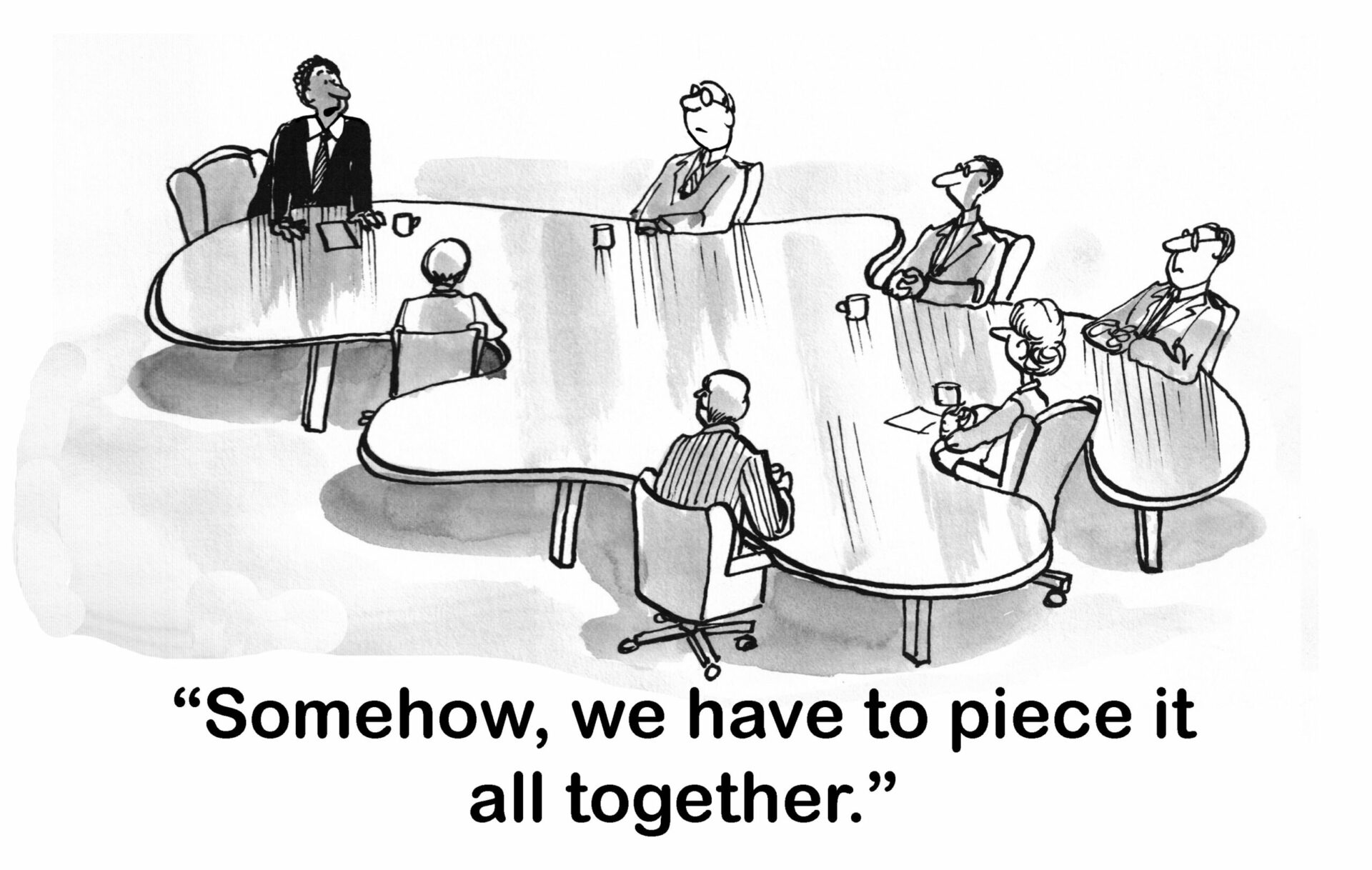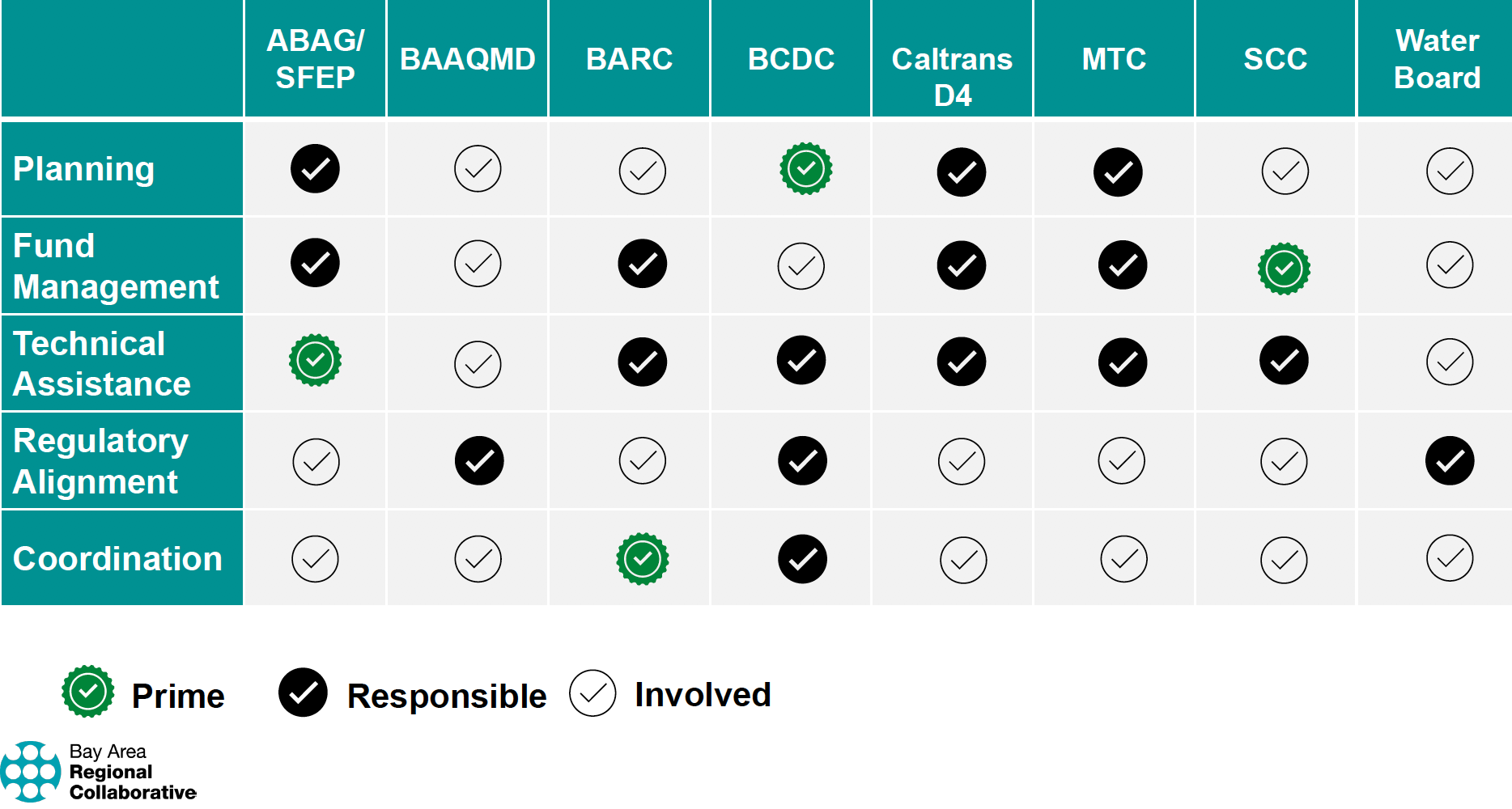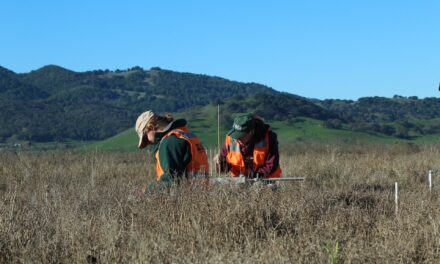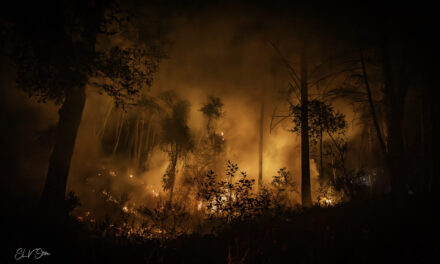Memo Distills Joint Approach to Flood Protection
With the region facing projected costs of at least $110 billion to protect its shores against rising waters, the failure to coordinate efforts on regional funding proposals can have serious consequences—an issue that was showcased recently when two local agencies both applied for the same multi-million-dollar federal grant program.
“This Federal agency only wanted one applicant from each region of the country,” says Allison Brooks of the Bay Area Regional Collaborative. “That’s the kind of miscommunication that can cost literally millions, where we end up not accessing the big dollars that we need.”
Avoiding similar snafus is one goal of a new Memorandum of Understanding approved on July 19 by seven regional and state agencies, committing them to work together to identify, prioritize and deliver high-priority, multi-benefit projects to reduce flood risks along the shoreline.
“This is a historic moment, when we lay out how we can use all our regulatory tools, all our expertise, all our strengths to work together to address the threat of sea level rise to our region,” said BARC chair and Berkeley mayor Jessie Arreguin at the July meeting.
The seven agencies include the Association of Bay Area Governments, the Bay Area Air Quality Management District, the California State Coastal Conservancy, CalTrans District 4, the Metropolitan Transportation Commission, the San Francisco Bay Conservation and Development Commission, and the San Francisco Bay Regional Water Quality Control Board.
The MOU establishes the first coordinated regional strategy to fund and deliver the types of projects the Bay Area will need to protect vulnerable communities from the effects of climate change. It delineates the roles and responsibilities of each agency with regard to the different aspects of developing and executing adaptation projects. The agreement identifies these core functional areas as planning, fund management, technical assistance, regulatory alignment and coordination.
Roles and responsibilities for the seven agencies as laid out in the new MOU. Source: BARC
Other Recent Posts
Artist Repurposes Shoreline Detritus
Courtney Griffith scours beaches and parks for everything from plastic to charcoal, mangled ropes and burnt wood to use in her work.
After The Fire: Scenes from Chinese Camp
One of California’s oldest Gold Rush settlements takes stock after a devastating fire — a photo essay.
Youth Group Tackles Heat Islands in Santa Rosa
A new youth advisory team convened by the Greenbelt Alliance and Latino Service Providers is exploring heat disparities in southwest Santa Rosa.
ReaderBoard
Once a month we share reader announcements: jobs, events, reports, and more.
CEQA Reforms: Boon or Brake for Adaptation?
California Environmental Quality Act updates may open up more housing, but some are sounding alarms about bypassed environmental regulations.
Repurposing Urban Lots & Waterfronts: Ashland Grove Park, Palo Alto Levee, and India Basin
In this edition of our professional column, we look at how groups are reimagining a lot in Ashland Grove and shorelines in San Francisco and Palo Alto.
Backyard Harvests Reduce Waste
A Cupertino Rotary Club program led by Vidula Aiyer harvests backyard fruit and reduces greenhouse gases.
Digging in the Dirt Got Me Into Student Climate Action
A public garden at El Cerrito High School in the East Bay inspired my love of nature and my decision to study environmental science at UCLA.
King Kong Levee: Two Miles Done, Two To Go
Two miles of levee are now in place as part of the project to protect Alviso and parts of San Jose, but construction will last much longer.
Making Shade a Priority in LA: An Interview with Sam Bloch
After witnessing fire disasters in neighboring counties, Marin formed a unique fire prevention authority and taxpayers funded it. Thirty projects and three years later, the county is clearer of undergrowth.
“We know that climate change is a huge regional problem that needs regional solutions and regional coordination from the leaders of the Bay Area agencies,” says SF Water Board chair Eileen White. “Instead of competing for different resources, tackling the same problems, we will be much more effective in addressing climate change by working together. We can achieve more and be strategic about what funding we want to pursue.”
The MOU’s objectives include identifying priority projects through a process that incorporates local sea level rise adaptation plans, supporting multi-jurisdiction partnerships, and helping cities, counties and special districts plan and fund climate adaptation projects.
Len Materman of the San Mateo County Flood and Sea Level Rise Resiliency District says his agency is “grateful to the State and regional agencies that developed the MOU for understanding the urgency of planning and building resilience to the impacts of climate change.”
“We need unprecedented coordination to prioritize flood risk management projects in the places that need them most,” says ABAG Executive board Vice President Bella Ramos. “We must accelerate our pace and plan at a scale commensurate with the risk. This MOU is an important step.”











